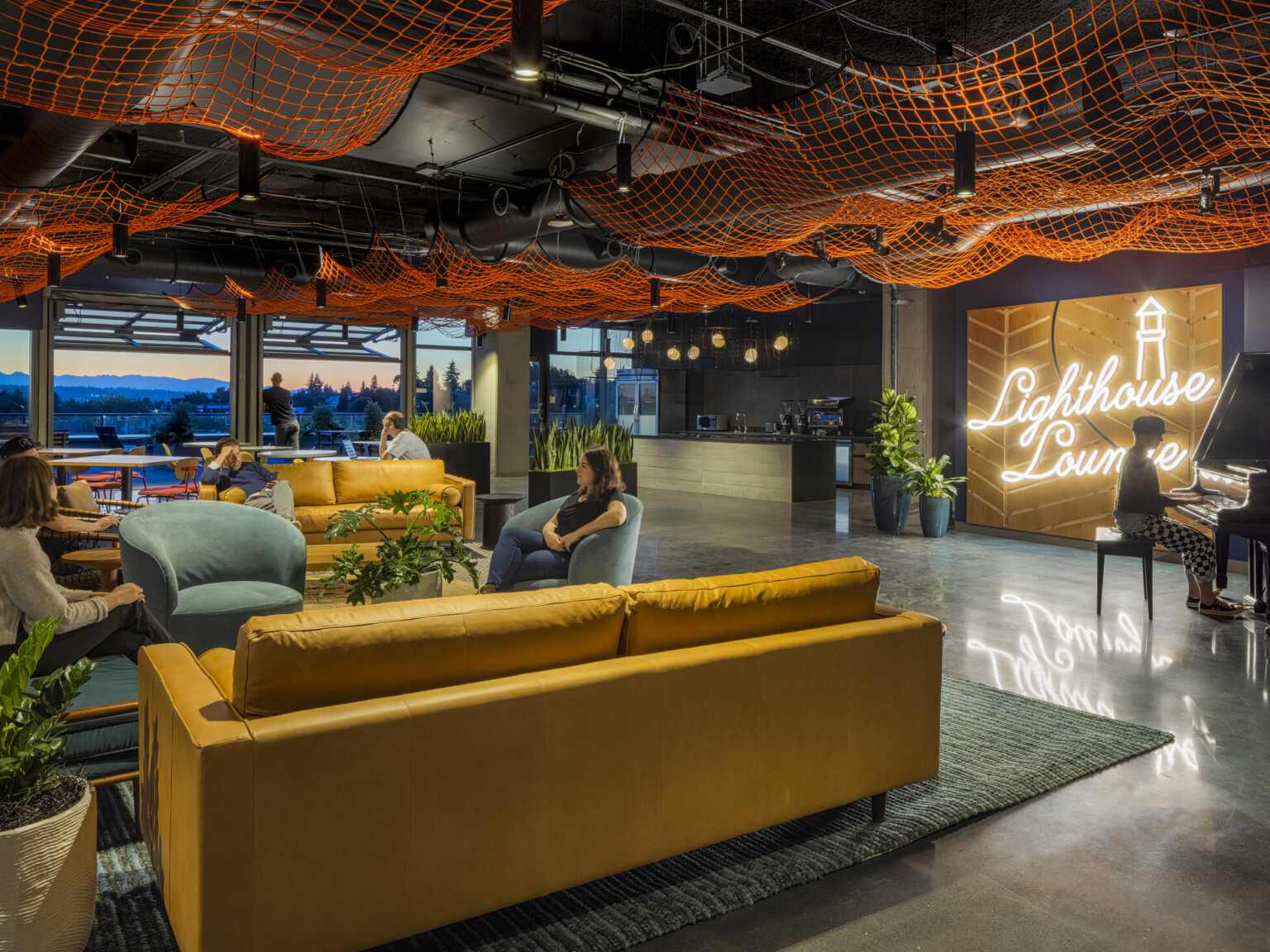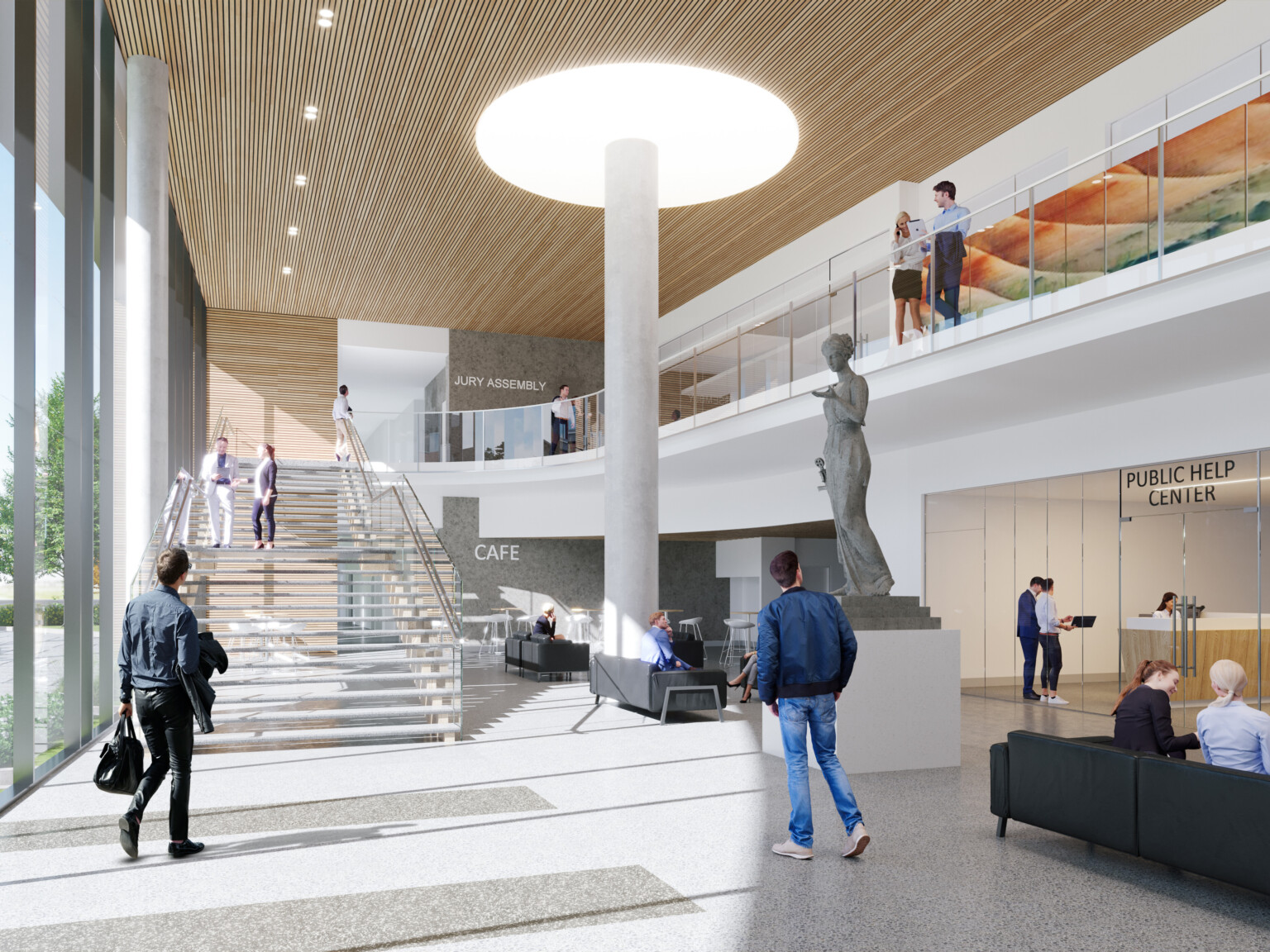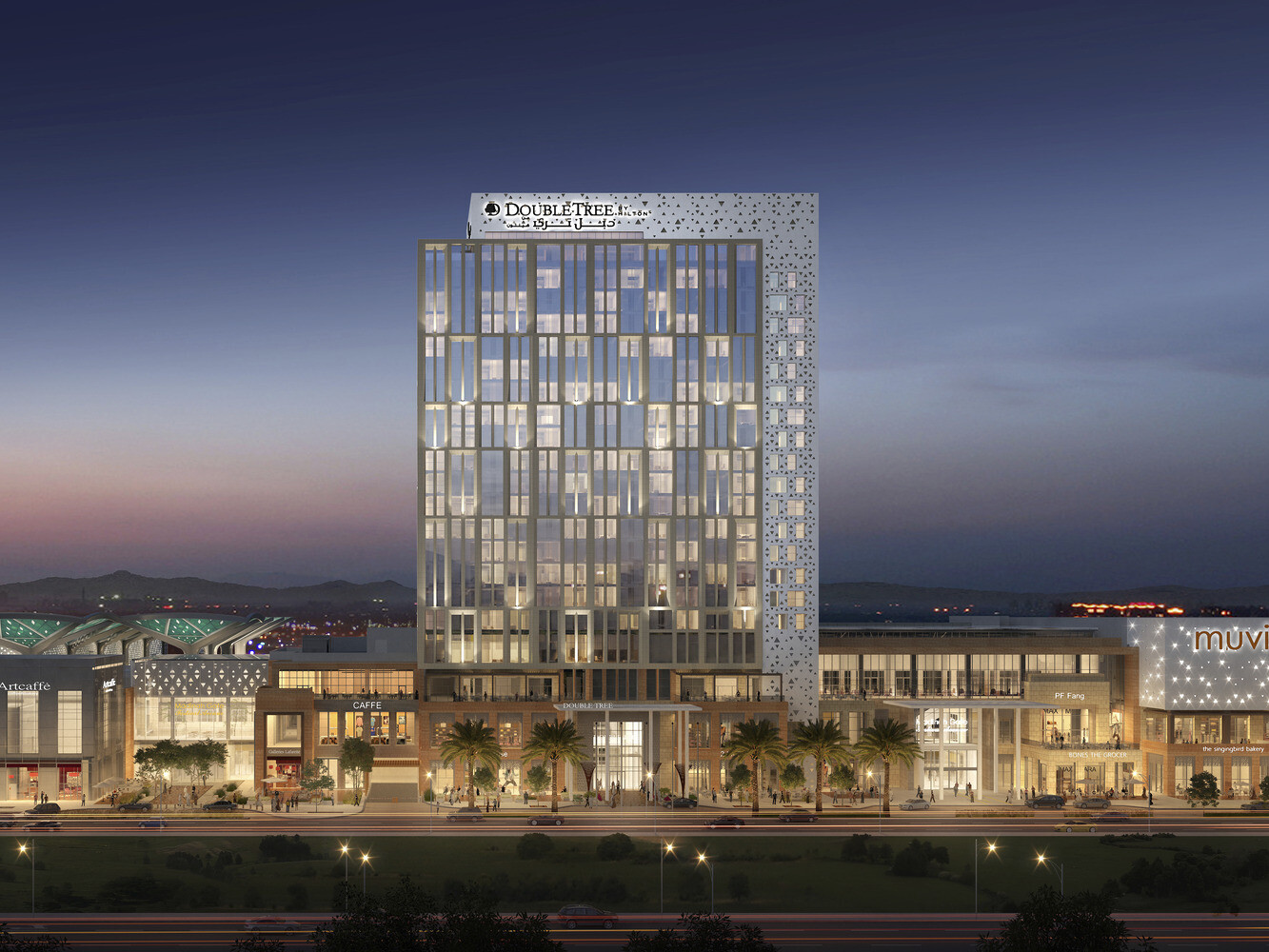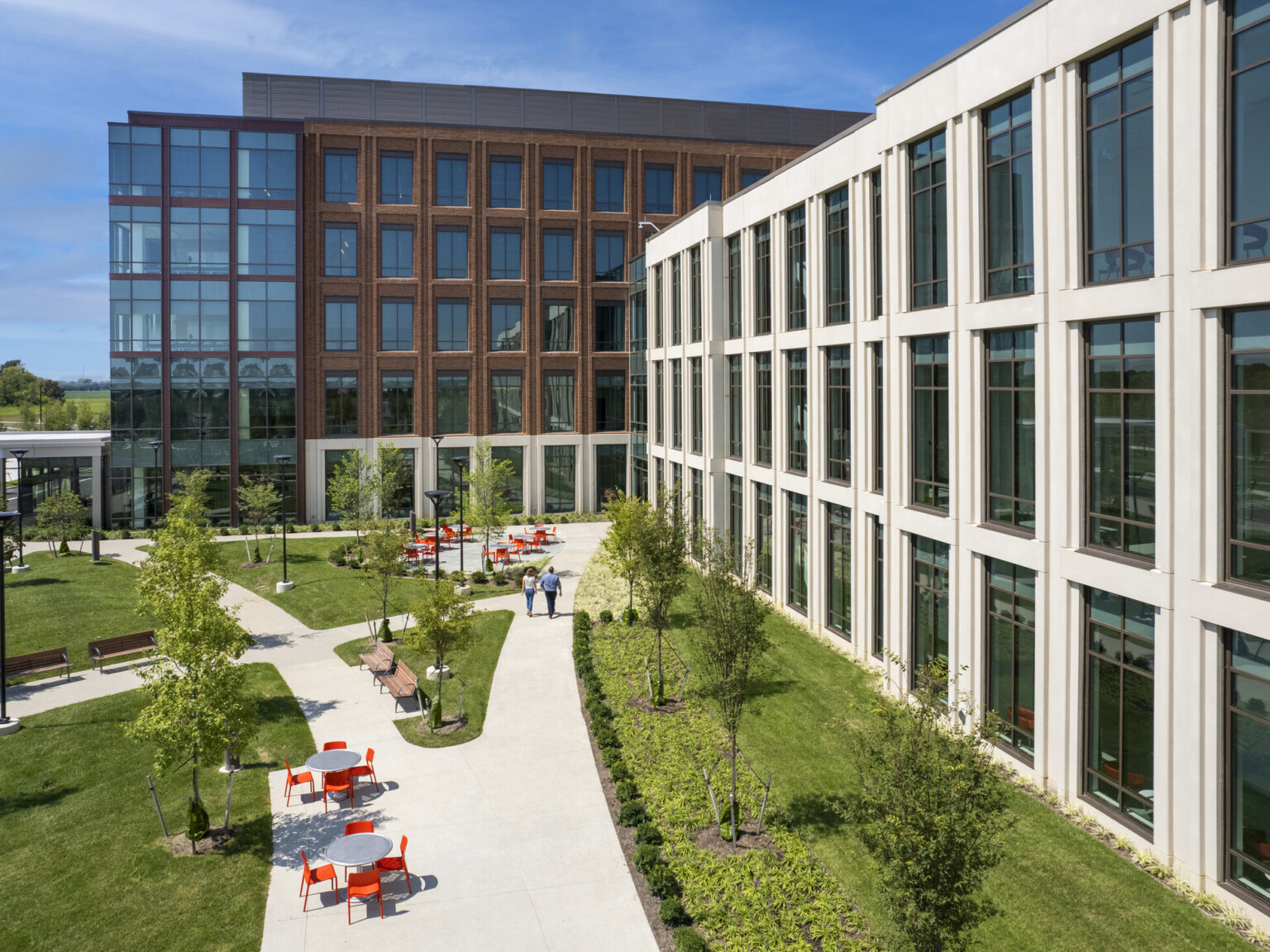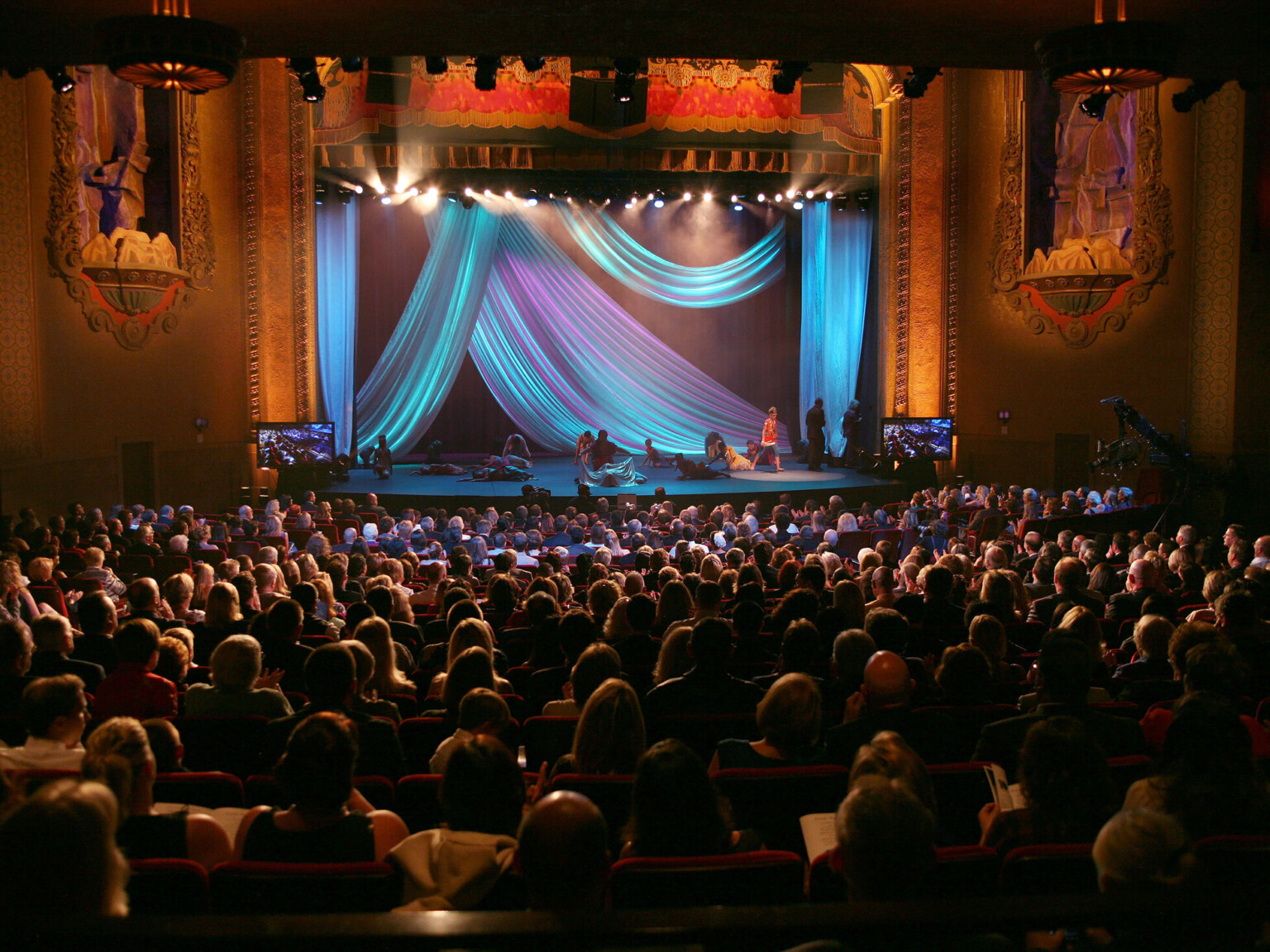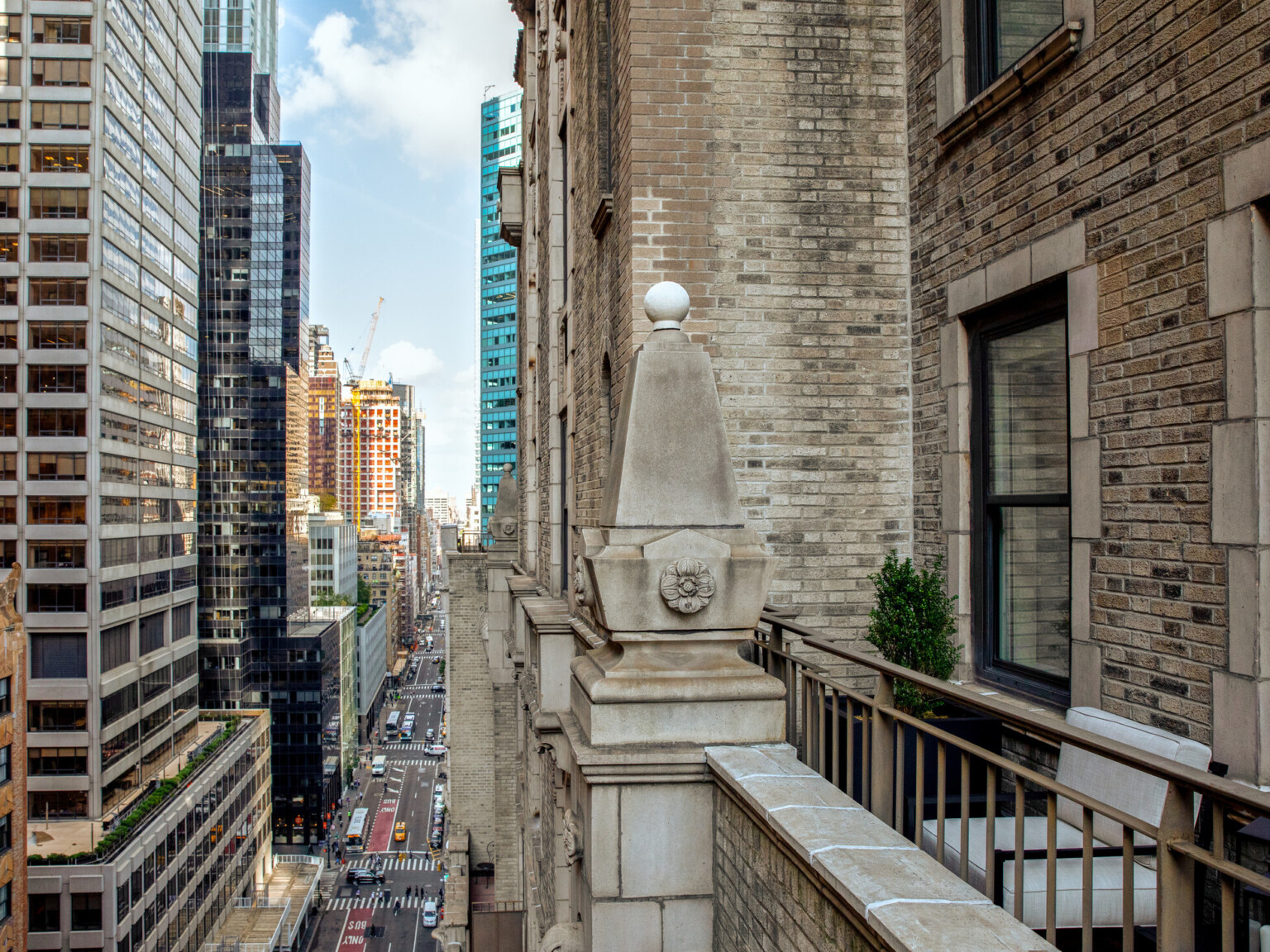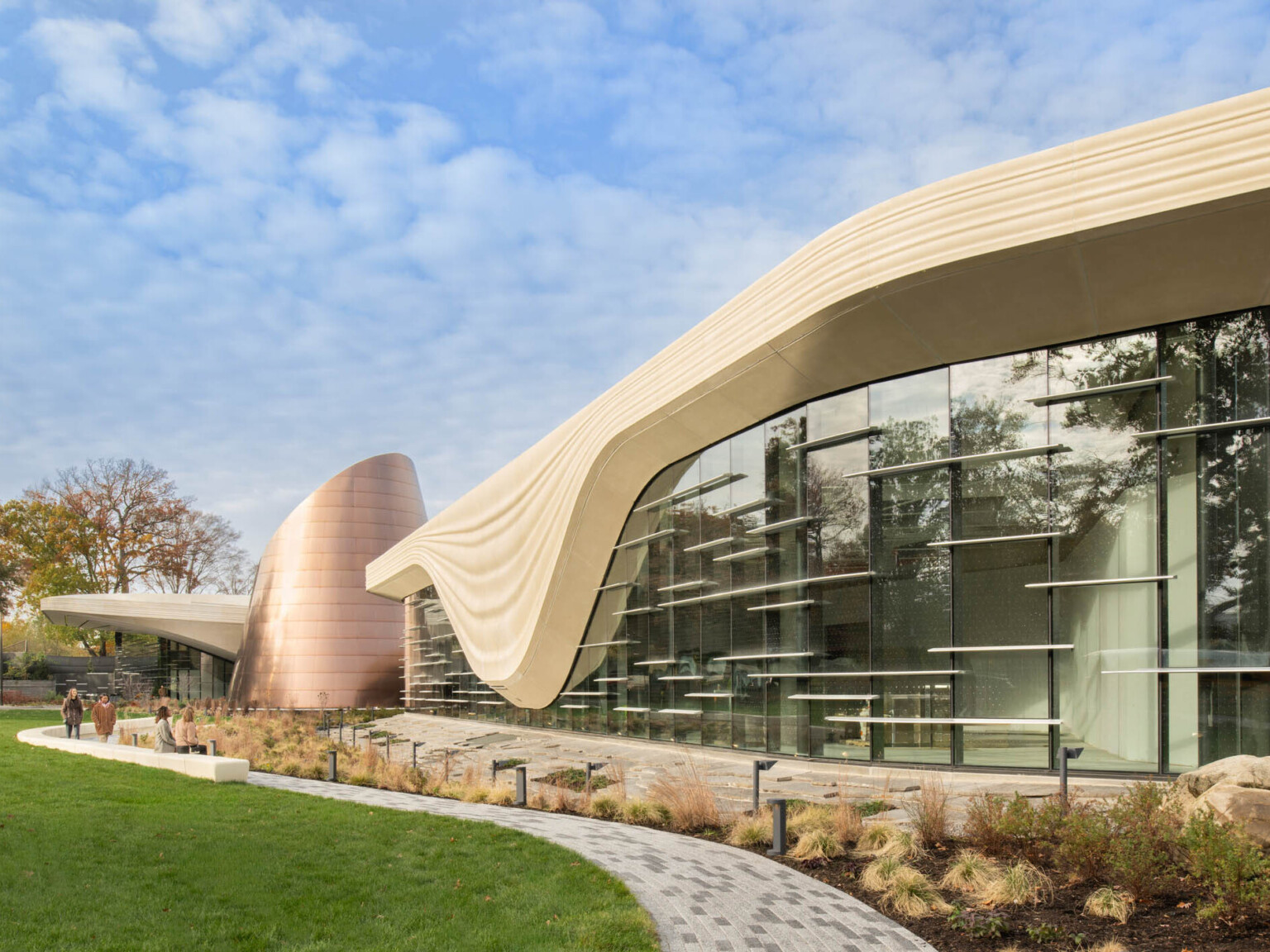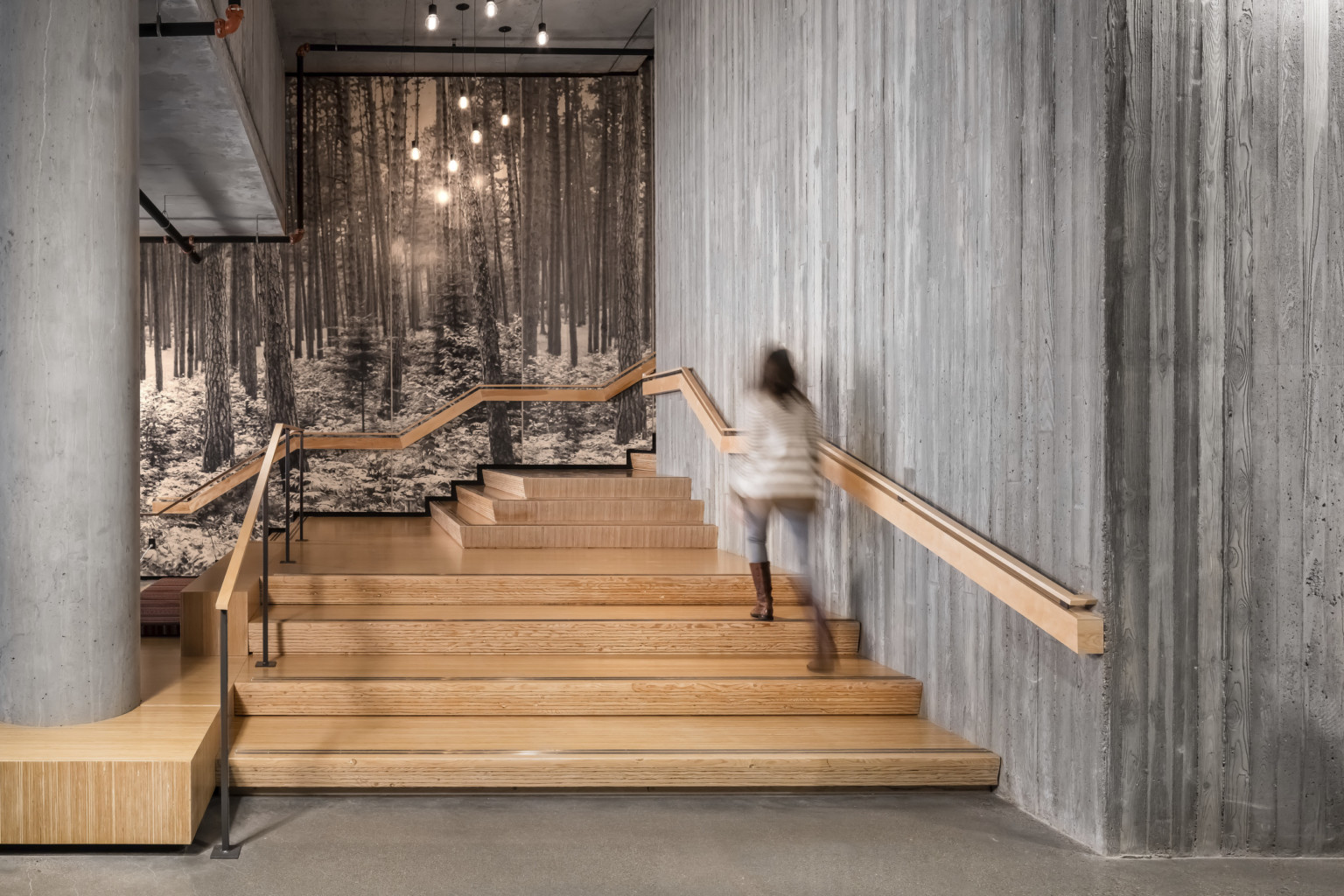
Growing Mass Timber Design
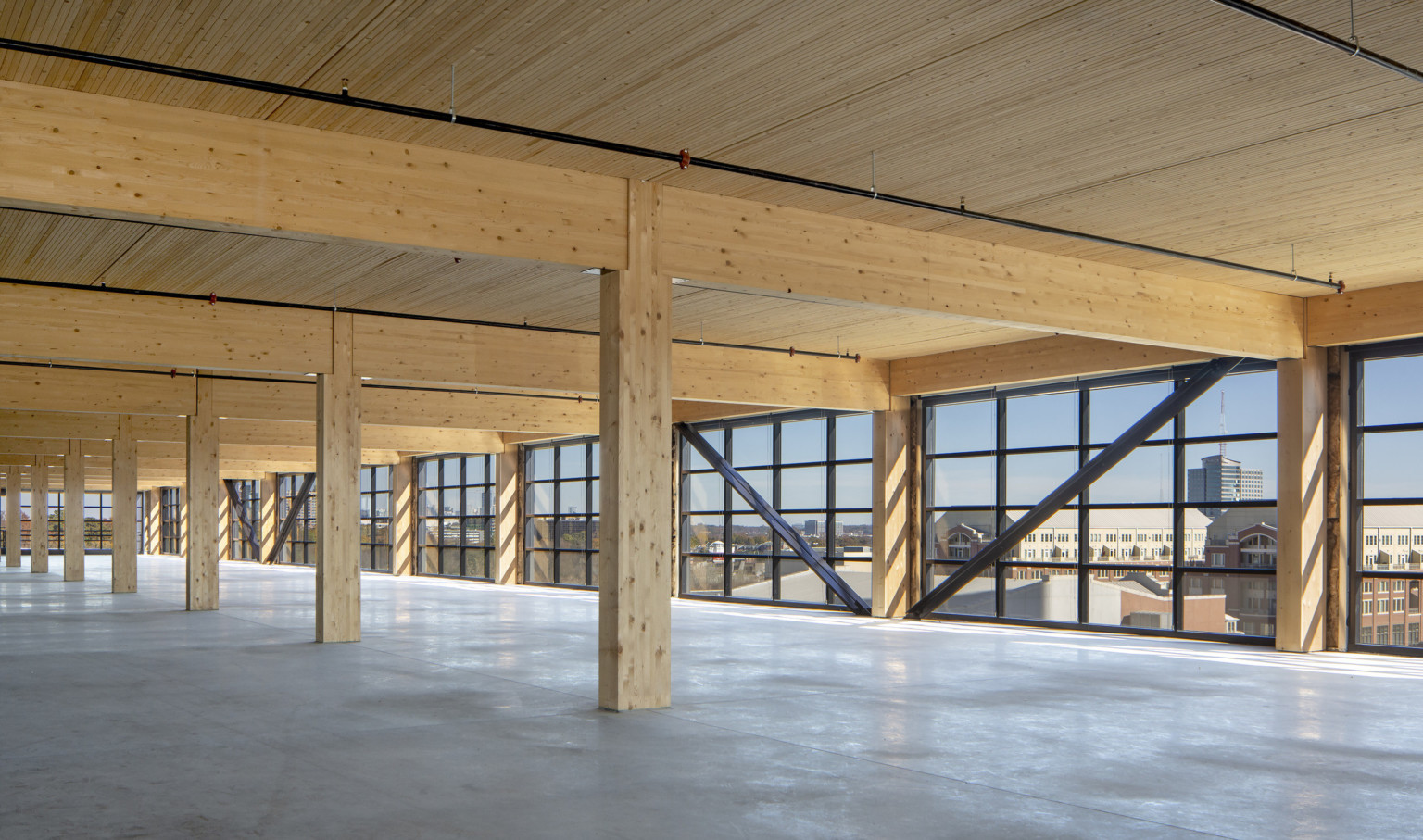
All the mass timber projects we’ve done at DLR Group have fully exposed timber frames creating this inherent beauty that’s unparalleled. This, in part, is due to the material being once alive – it’s this connection to nature that’s fundamental to human beings.
Exposed Frame, Integrated System
Most people walk into a mass timber project and say, “Oh! This is beautiful.” There’s something universal about the beauty of wood, and most everyone who comes into these buildings really appreciates that aesthetic. So, our design is a celebration of this exposed structure. We do everything we can to detail it very carefully, and to integrate all the different systems.
The benefit of an integrated approach to design is beneficial to our clients in a variety of ways. In these timber buildings, it’s all there on display. You see that integration because components like the sprinkler pipes and mechanical systems are all working in concert with the structural system – which is key to the success of the aesthetic.
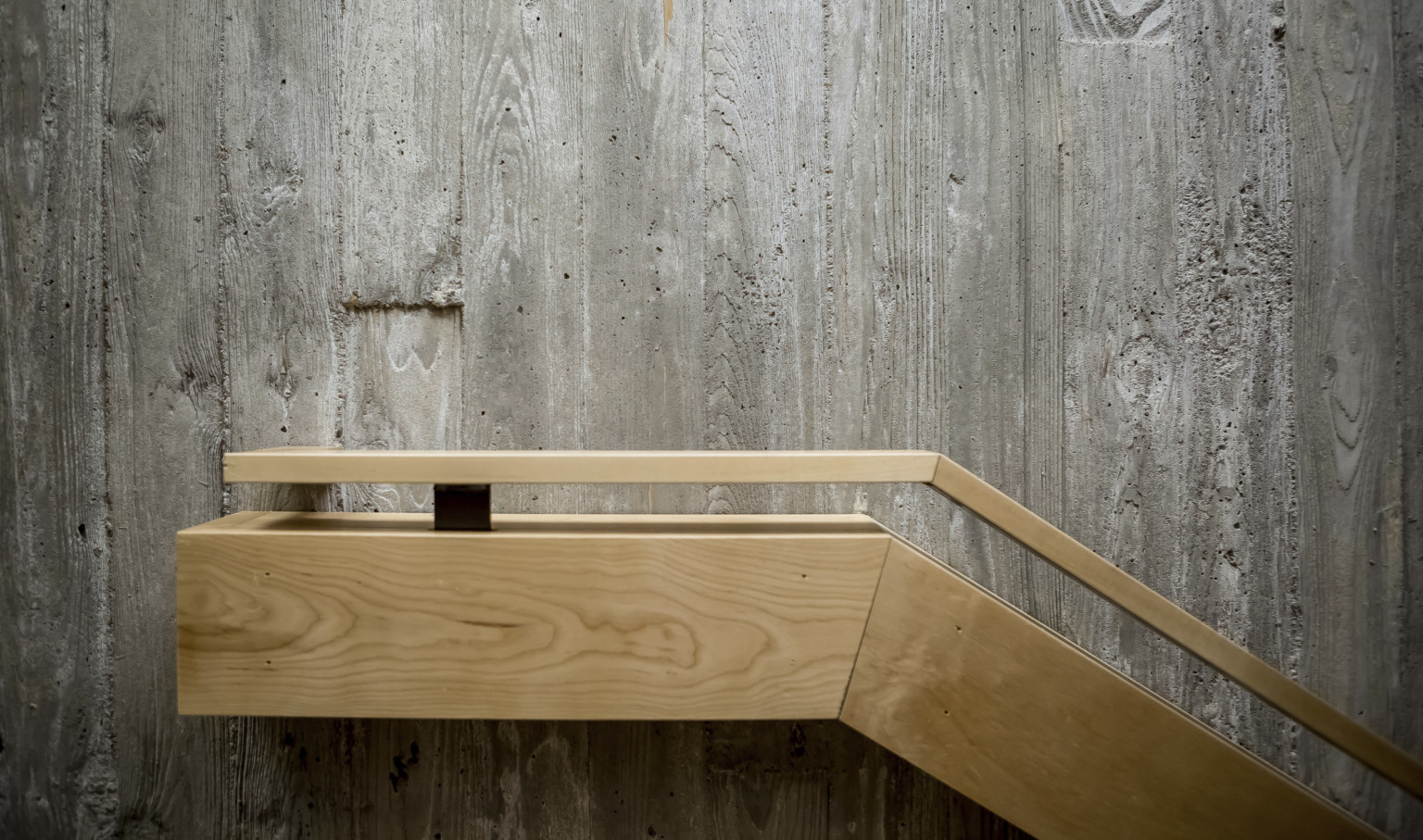
Challenge and Solution
As we explore mass timber across other building types beyond office buildings, we’re encountering new challenges from further code requirements to acoustic standards. In May of 2020, we were awarded the U.S. Forest Service Wood Innovations Grant in collaboration with the University of Minnesota to fund research on designing mass timber structures for other project types. Together, we’re diving deeper into acoustic testing and fire and life safety. New South Construction Vice President John Carmichael, whom we worked with on T3 West Midtown in Atlanta, noted, “It’s ironic – people think that timber structures will burn. But a multitude of tests on mass wood structures have shown that they actually have a better fire rating than steel. They typically just char.”
Carbon Reduction
A key driver pushing mass timber forward is the environmental advantages. More and more people in the design industry are focused on carbon reduction of their projects – this is where mass timber really shines. Wood is a renewable resource and, of course, as the tree grows it mitigates carbon by taking it from the atmosphere. So, with such a low carbon footprint, it typically offsets the transportation costs to get the product to the construction site.
Knowing that timber is such a difference-maker in terms of carbon reduction, it’s easy to imagine a tighter handshake between, say, environmental policy and the use of mass timber in the future.
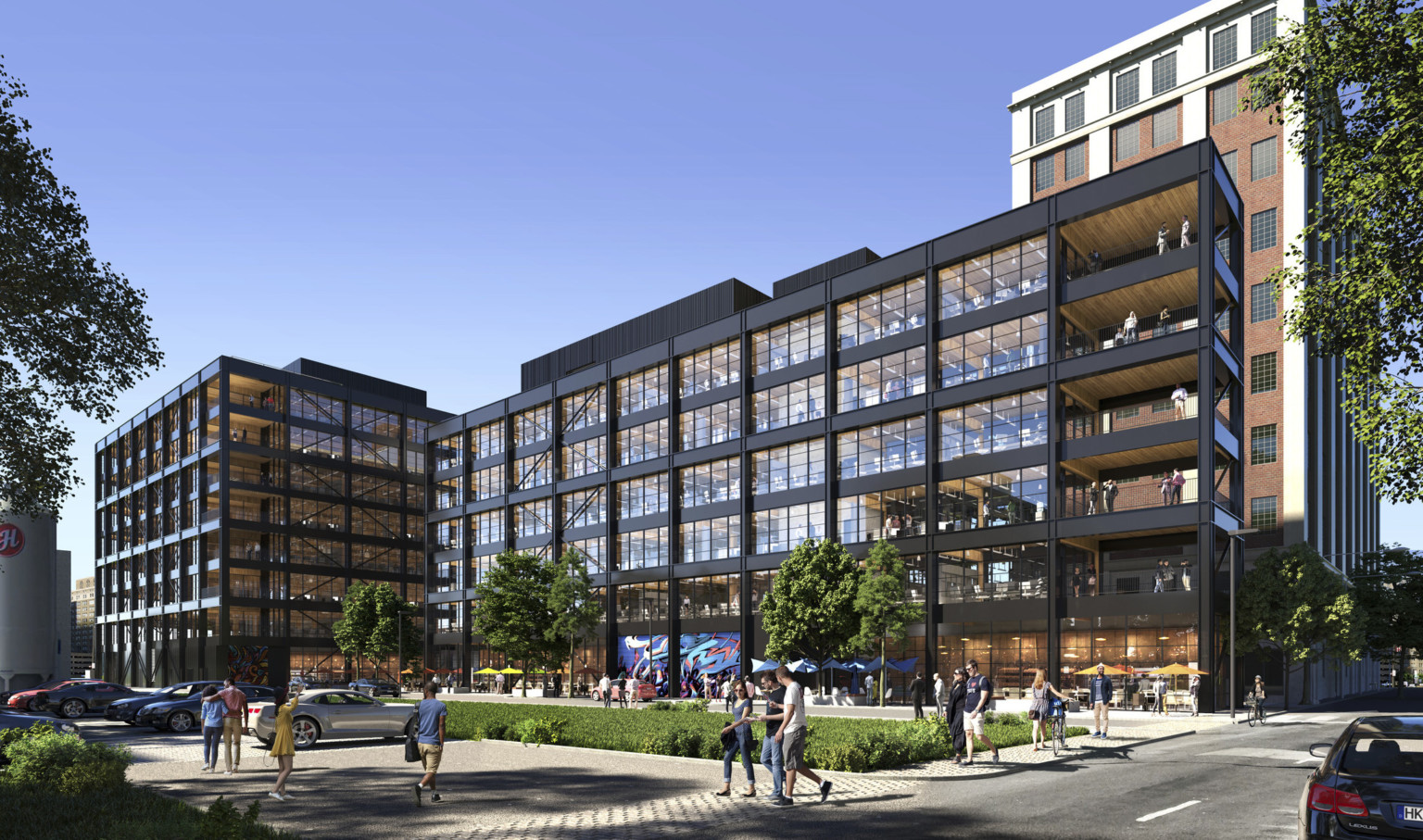
Now and Near
We’re finding that many owners, developers, and building occupants are putting a lot of emphasis on data-driven and evidence-based design. In addition to tracking carbon and doing projects with light carbon footprints, there is a heightened interest in indoor air quality and how spaces feel on the inside. These mass timber buildings are poised to satisfy so many aspects of what people are really looking for in the spaces they work – and hopefully in spaces where they learn and live, as well.
The potential for growth in the timber industry is vast. It’s important to note that globally, a very small percentage of the world’s forests are used to produce wood for buildings. Even with the amount of growth in the industry over the course of a year we’re still only using a very small percentage of that for buildings.
Our goal is to help realize more of these buildings. Part of that is to demonstrate that they’re economically viable, logistics and sourcing materials notwithstanding. In doing so, we can elevate the entire industry’s knowledge.

